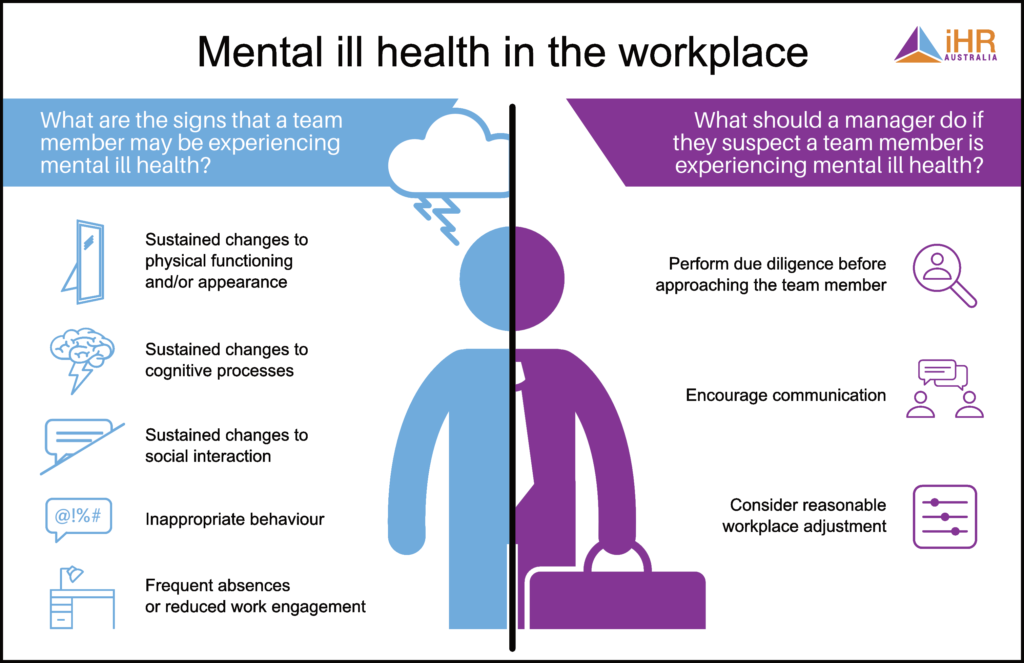Yesterday Australians asked each other the question “R U OK?” as part of the national initiative to draw awareness to the challenging and complex areas of mental health and suicide. With approximately 20% of all Australians affected by a mental illness and with an estimated cost to workplaces at over $11 billion dollars annually, supporting mental well-being and mental ill health in the workplace must be key priorities for leaders and organisations alike. However whilst these issues should be key priorities for leaders and organisations, creating a psychologically safe workplace requires a holistic approach that acknowledges that everyone in the…
Yesterday Australians asked each other the question “R U OK?” as part of the national initiative to draw awareness to the challenging and complex areas of mental health and suicide. With approximately 20% of all Australians affected by a mental illness and with an estimated cost to workplaces at over $11 billion dollars annually, supporting mental well-being and mental ill health in the workplace must be key priorities for leaders and organisations alike.
However whilst these issues should be key priorities for leaders and organisations, creating a psychologically safe workplace requires a holistic approach that acknowledges that everyone in the organisation has a role to play in caring for and protecting the health and safety of all employees.
As part of this role for Leaders, Managers and HR Professionals is the ability to effectively recognise and respond to potential mental health issues.

One of the first steps is noting persistent changes to the mood, behaviour, physical appearance and performance in a team member. Some possible signs that a team member may be experiencing mental ill health include but are not limited to):
- Sustained changes to physical functioning and or/appearance;
- Sustained changes to cognitive processes;
- Sustained changes to social interaction;
- Inappropriate behaviour; and
- Frequent absences or reduced work engagement.
If you suspect a team member is experiencing mental ill health, as a manager you should:
- Perform due diligence activities before approaching the team member.
- Make it safe for the team member to disclose about anything that is impacting on them or their performance.
- Address your concerns with the worker in a sensitive and confidential manner.
- Ask the team member if there is anything they can identify that may be impacting on them and/or their performance.
- Consider reasonable adjustment strategies if required.
- Encourage the team member to seek external support as required (e.g. EAP Service, GP).
Recent articles
![Lee Witherden v DP World Sydney Limited [2025] FWC 294 (2) Workplace policies](https://ihraustralia.com/wp-content/uploads/bb-plugin/cache/Lee-Witherden-v-DP-World-Sydney-Limited-2025-FWC-294-2-1024x539-landscape-dc731230e07743843bfa2c830cc42561-.png)
Smart Workplace Policies, Stronger Cultures: Compliance Made Clear


